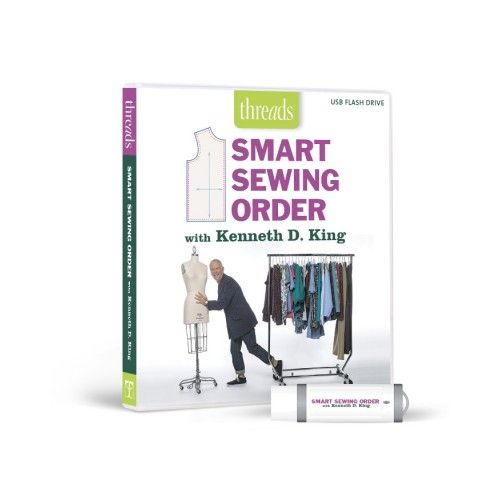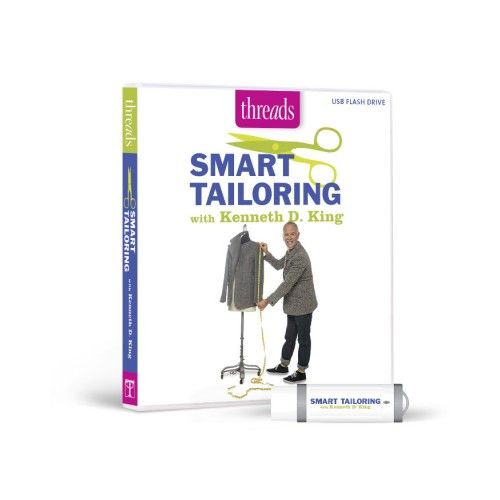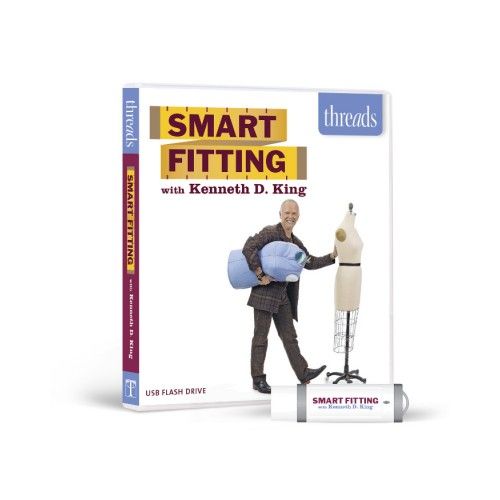I had a fight with my latest project!! I found a gorgeous peice of lightweight wool with a little lycra in it . Lovely hand and nice drape. I feel like I beat it into submission to become a 3 button blazer and pair of natural waist slacks with a shaped waistband. The end result was good but not as nice as I hoped. here was my approach:
Pretreated all fabric and interfacing, I used a light knit-fuse for all the jacket body sections and a slightly firmer one for the facings and collar. I started with my usual test swatches and thought I was good to fuse with the wool setting light steam and a press cloth. The more I did, the more I think this fabric liked NO steam as there were puckers that seemed to appear only after lifting the pieces off the ironing board to work with them. also ironing as opposed to pressing seemed to be the best finish. This defied all the wool tailoring techniques I’ve ever used previously and I feel like it was a battle all the way through. Maybe I shouldn’t have interfaced the whole thing? but even the pants behaved the same way when pressing seams. Ironing definitely looked better.
Mostly I’m just venting but if anyone has any tips, I’d love to hear them.




























Replies
Perhaps the fabric was a little lightweight for a suit and pants. With a nice drape to it maybe it was destined to be a dress or an unstructured jacket without iron-on interfacing. I am not a fan of iron-on interfacing and seldom use it.
The lycra indicated a degree of stretch in the fabric, and the drape and fall of the fabric was what you loved. You felt you had to "beat the fabric into submission" so that indicates that perhaps the pattern was perhaps not designed for the drape of the fabric. You did not indicate wether you underlined the fabric or not. Perhaps an underlining in the Jacket would have given the body you needed for the jacket shaping you desired, then the iron on interfacing would have perhaps worked better. A 3 button jacket is pretty tailored for a drapey fabric. The key words you used were drape and lycra. This tells me the fabric had some stretch and flow to it. A more unstructured style may have worked better. If you wanted a more structured look, then you needed to use an underlining to give the fabric more weight and a more stable hand. I am rather old fashioned when it comes to a tailored garment, and would have passed on the iron on interfacing. Even moving a slightly warm piece of interfaced fabric can cause puckering. Make sure pieces are stone cold before you move them. Your ironing board can retain a fair bit of warmth longer than you realize, and even after pretreating fabrics, steam and heat can cause residual shrinkage, esp in wool. The more you manipulate them, the more felting and shrinkage that can occur. Even when there is a small percentage of lycra involved. Lycra hates heat. It really stretches out when heated as well, and then really shrinks back up. That is why we wash it in cold water, then hang to dry. Cathy
Thanks for some excellent points. I never gave underlining a thought as this was a sample garment that I figured I meght as well get some use out of as well. I have used this interfacing before with excellent results on lt. weight wools before, thanks to pretreating and careful pressing. This weave was definitely suitable(ha-ha) for a suit, but I think you're right about the lycra factor and letting things cool completely. I did allow some time between pieces, but as is usually the case, I was anxious to keep going. I know: Patience, my dear.
Well I made notes and will experiment with some more scraps. gotta love learning as you go, right?
Next project is to do the same jacket in Ultrasuede now that I know the style and fit are great. I can't find my book on the subject which I think may have been a Palmer/Pletsch publication. I'll keep looking or maybe check amazon? for a new one. If you have any suggestions for this project I'll be grateful to get them BEFORE I begin! I know I can always count on good advice here.
As a muslin then, it was a good thing, Yay! Too bad about the rippling. Would it be worthwhile to send it to a cleaners for a really, really good pressing? They have the equipment for a really good pressing, and if you talked to them about the problem with the interfacing, their pressing experts might be able to do something about it. Worth a try, as they do know a lot about those things, at least the really old time good ones do. My tailoring teacher said that home tailored garments should be sent out for a professional pressing to get rid of the "home made" look, that home pressing cannot get rid of. Just a thought. Cathy
So, has anyone done any Ultrasuede projects like a blazer? Are there other books on the subject? I'm still looking.
Do a Google search on sewing with ultrasuede. I have used it for vests and smaller items (purses, trims, etc.) Also check Threads index, I am sure there has been articles on sewing with ultrasued and ultraleather.
Wool does not accept iron-on interfacings well, as the glue is absorbed into the wool fibres and just disappears (some interfacings are a little better than others). This could be the cause of your puckering problem. I would use only sew-ins on wool - interfacings, underlinings, etc. for problem-free results and no unpleasant surprises. If you are going to use an iron-on on wool, definitely test it well before using it. The other comments are also excellent about letting the fabric cool before moving it, and that underlining (or even sew-in interfacings) will allow the fabric to retain its own character.
Edited 1/14/2009 6:40 pm by Thimblefingers
This post is archived.